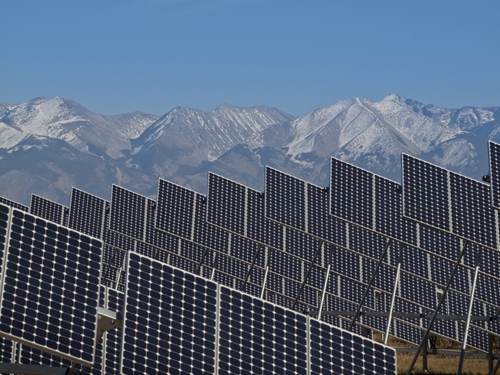
In the U.S., solar energy only provides about 0.4 percent of the electricity that we use. However, this appears to be changing. An increasing number of Americans are installing solar panels on their own rooftops, incentivized by rapidly falling prices, "net metering" laws in 43 states that allow them to sell excess electricity back to the grid and certain federal and state tax incentives.
They aren't the only ones interested in this technology.
Many data center operators are finding that solar power is an increasingly practical solution for their energy needs. This wasn't always the case, as a recent article on Data Center Knowledge points out. Only a few years ago, the energy requirements for an average data center simply required too much land and too many photovoltaic panels for solar generated electricity to be practical.
However, recent changes in corporate philosophies and a desire to adopt more sustainable business practices have led to new, industrial scale, photovoltaic deployments. For example, according to the news source, the QTS Princeton data center campus just outside Princeton, New Jersey, now produces as much as 14.1 megawatts of power from a massive array of 57,000 solar panels located nearby. As the data center currently only serves McGraw-Hill's electronic publishing division, it has plenty of power for its current needs.
This still isn't a complete solution. After all, the data center still needs to rely on power from the local grid at night or during periods of inclement weather, when the solar panels can no longer generate electricity. Still, as the price of solar panels continues to fall, more and more data center infrastructure managers are coming to realize that such an investment can off-set the cost of their largest operating expense and demonstrate their commitment to sustainable business practices..

